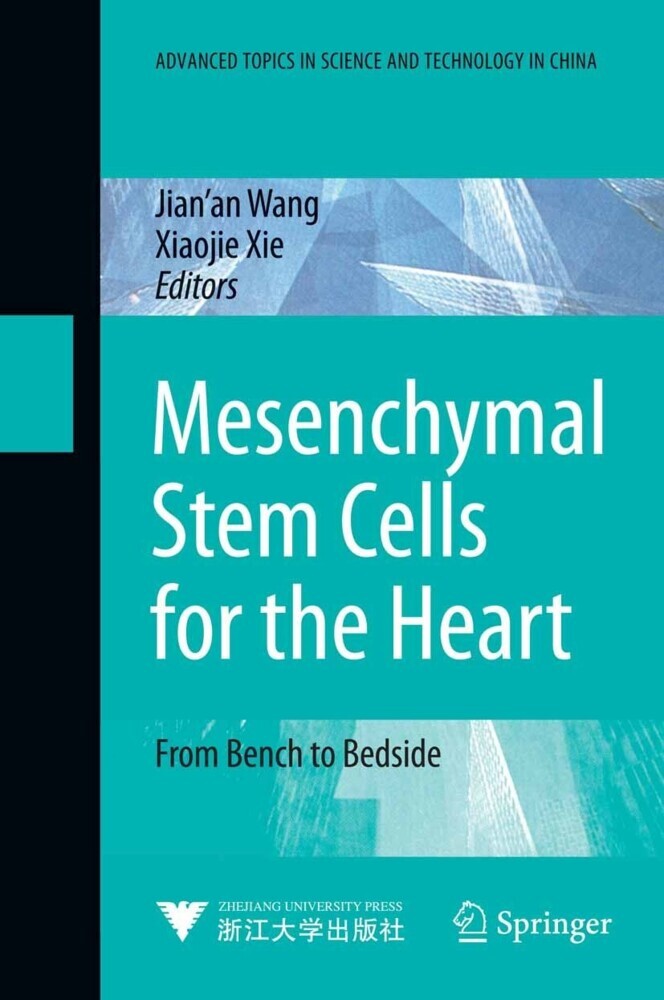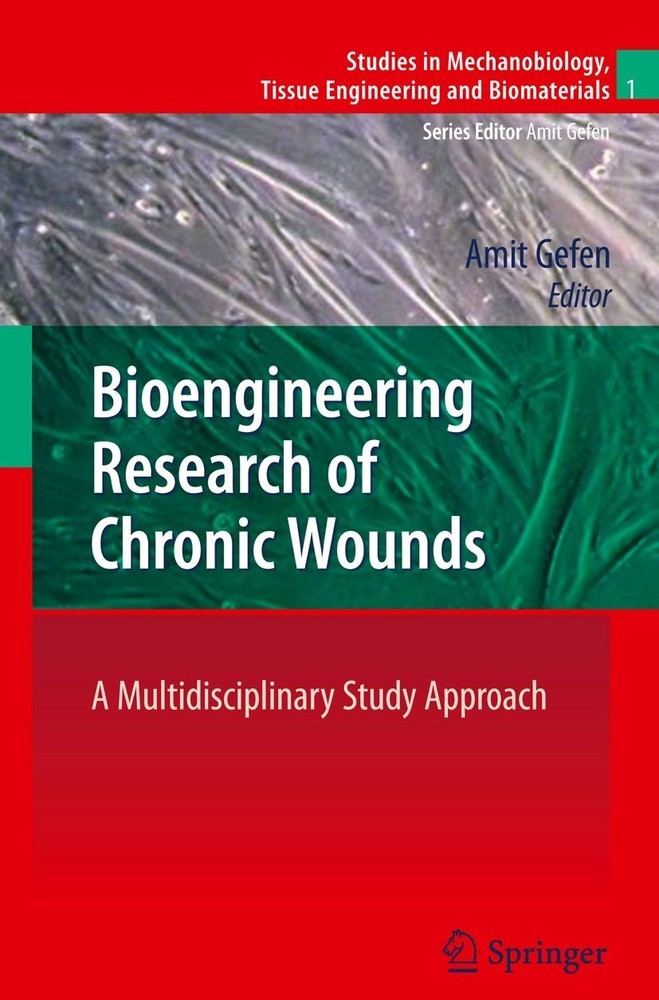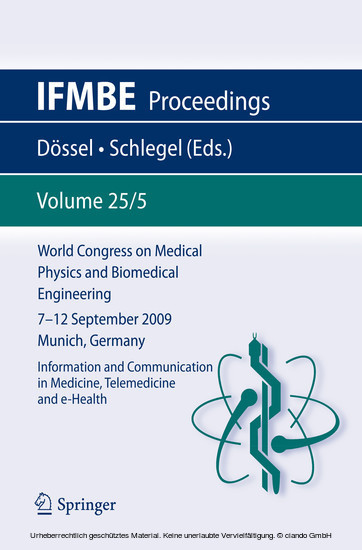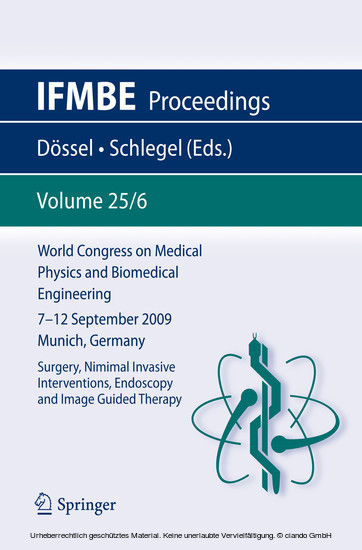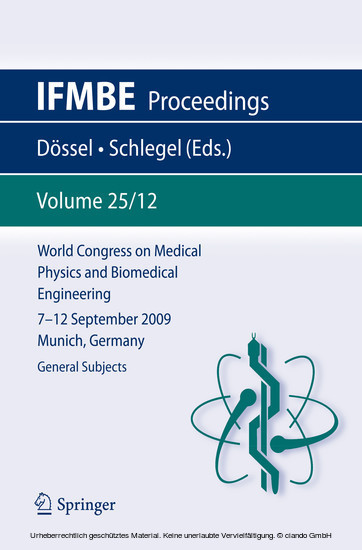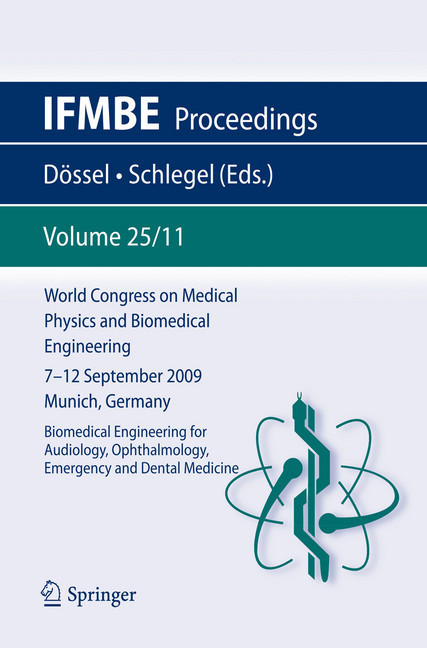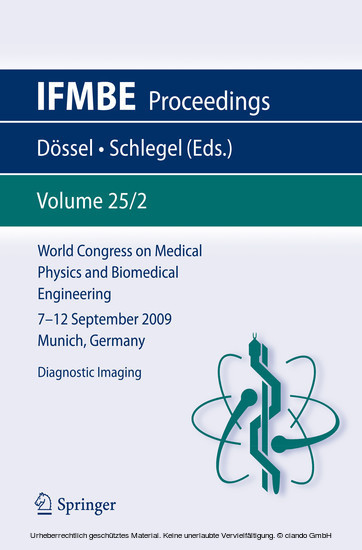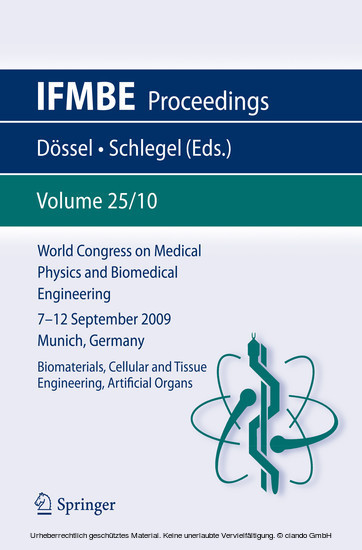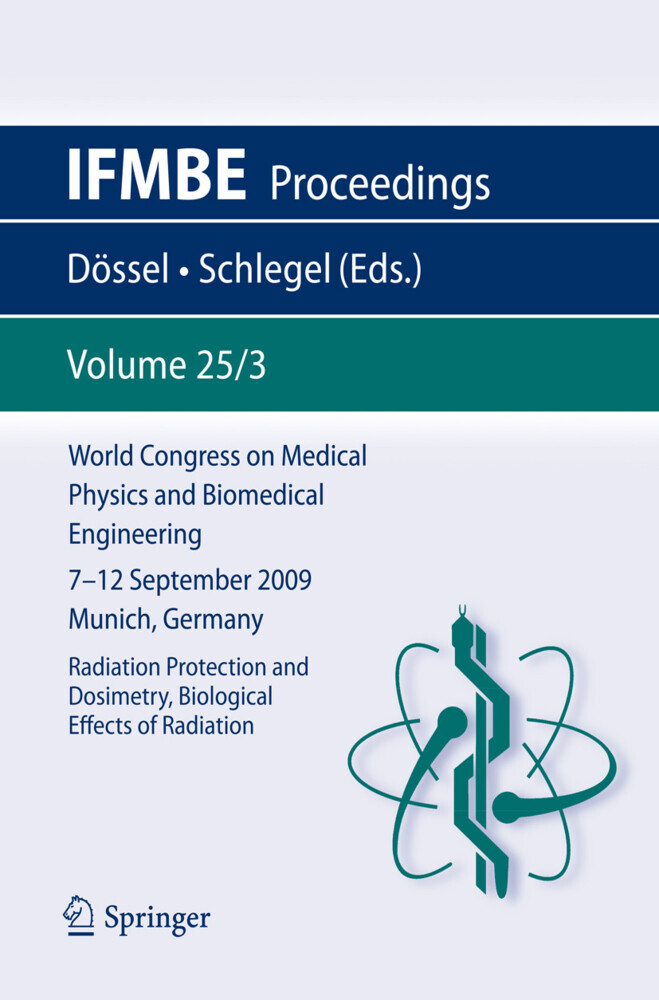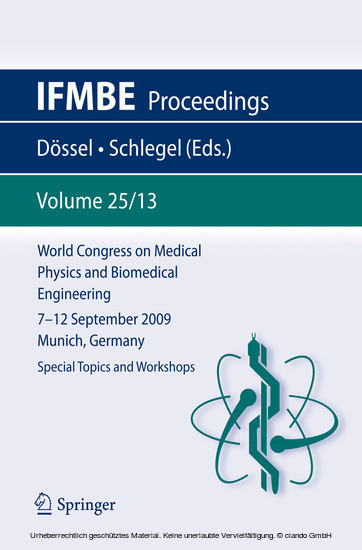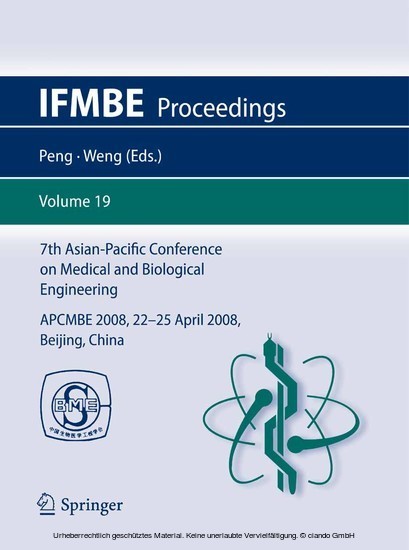Mesenchymal Stem Cells for the Heart
Stem cell research has the potential to affect the lives of millions of people around the world. This research is now regularly front-page news, and realizing the promise of mesenchymal stem cells for yielding new medical therapies will require us to grapple with more than just scientific uncertainties. 'Mesenchymal Stem Cells for the Heart - From Bench to Bedside' presents the cytobiological characteristics of mesenchymal stem cells from the isolation, culture, transmembrane ion currents, migration and differentiation in vitro to the repairing of injured myocardium and tissue reconstruction in vivo, including the results of basic research and the real possibility for treatments and ultimately for cures for cardiac diseases for which adequate therapies do not exist. The book is intended for clinical stem cell researchers in cardiovasology, hematology, cytobiology, molecular biology, cell and tissue engineering, and other related fields.
Jian-an Wang, MD, PhD, Professor of Cardiology at Zhejiang University and investigator at Loma Linda University, Southern California, has broad expertise in the molecular and cellular biological processes underlying cardiovascular disease. He has won the Chinese Medical Science and Technology Medal of Honor.
Jian-an Wang, MD, PhD, Professor of Cardiology at Zhejiang University and investigator at Loma Linda University, U.S., has broad expertise in the molecular and cellular biological processes underlying cardiovascular disease. He has won the Chinese Medical Science and Technology Medal of Honor. He performs cardiac interventional treatment on more than 1000 cases per year, doing percutaneous coronary angiography (PTCA), percutaneous coronary angioplasty, radiofrequency catheterization ablation (RFCA), percutaneous closure of a residual ventricular septal defect (VSD), atrial septal defect (ASD) and patent ductus arteriosus (PDA) with the Amplatzer occluder, etc. He is also the chief editor of Electrocardiology Journal, Chinese editor of Circulation, European Heart Journal and American Heart Association Journals Best Selection, editor of Chinese Emergency Journal, Chinese Practical Medicine Journal, and Chinese Modern Clinical Medicine Journal.
1;Preface;6 2;Contents;7 3;MSCs Isolation and Culture Ex Vivo;10 3.1;1.1 Cell Isolation;11 3.1.1;1.1.1 Direct Adherence Method 1.1.1.1 Materials;12 3.1.2;1.1.1.2 Procedures;12 3.1.3;1.1.2 Density Gradient Centrifugation;12 3.1.4;1.1.2.1 Materials;13 3.1.5;1.1.2.2 Procedures;14 3.1.6;1.1.3 Magnetic Microbead or Flow Cytometry Method;15 3.2;1.2 Cell Culture;16 3.2.1;1.2.1 Materials;16 3.2.2;1.2.2 Procedures;16 3.3;1.3 Cell Cryopreservation and Thawing;17 3.3.1;1.3.1 Materials;18 3.3.2;1.3.2 Procedures;18 3.4;References;18 4;2 MSCs Identification;21 4.1.1;Xinyang Hu1;21 4.1.2;Abstract:;21 4.2;2.1 Minimal Criteria;22 4.3;2.2 Some Comments of the Criteria;22 4.4;2.3 Other Methods;23 4.4.1;2.3.1 Morphology characteristics;23 4.4.2;2.3.2 Other Markers 2.3.2.1 SB- 10;23 4.4.3;2.3.2.2 SH-2, SH-3, SH-4;23 4.4.4;2.3.2.3 Neural Ganglioside GD2;24 4.4.5;2.3.2.4 SSEA-4;24 4.5;2.4 Conclusion;24 4.6;References;25 5;3 Biological Characteristics of MSCs;26 5.1;3.1 Surface Markers and Paracrine Characteristics;26 5.1.1;3.1.1 Surface Markers;26 5.1.2;3.1.2 Paracrine Characteristics of MSCs;29 5.2;3.2 Electrophysiological Properties of MSCs and Their Electric Coupling with Cardiomyocytes;30 5.2.1;3.2.1 Characterization of Ion Channels in MSCs;30 5.2.2;3.2.1.1 Potassium Channels (K+ Channels);31 5.2.3;3.2.1.2 Calcium Channels (Ca2+ Channels);32 5.2.4;3.2.1.3 Sodium Channels (Na+ Channels);33 5.2.5;3.2.2 Why does an Individual Cell Express Different Currents?;33 5.2.6;3.2.3 Electric Coupling of MSCs with Host Cardiomyocytes;34 5.3;3.3 Proliferation of MSCs and Telomerase Properties;38 5.3.1;3.3.1 Structure and Function of Telomeres and Telomerase;39 5.3.2;3.3.2 Telomere and Telomerase in MSCs;39 5.4;3.4 Multilineage Transdifferentiation of MSCs;41 5.4.1;3.4.1 MSCs and Cardiomyogenesis;42 5.4.2;3.4.2 Differentiation Fate of MSCs;45 5.5;3.5 Immunological Characteristics of MSCs;46 5.5.1;3.5.1 Immunological Characteristics of MSCs;46 5.5.2;3.5.1.1 MSCs and T Lymphocytes;47 5.5.3;3.5.1.2 MSCs and B Cells;49 5.5.4;3.5.1.3 MSCs and APCs;50 5.5.5;3.5.1.4 MSCs and NK Cells;51 5.5.6;3.5.2;51 5.5.7;Studies;51 5.5.8;3.5.3 Immune-related Properties of MSCs in Cardiology;53 5.6;3.6 Conclusion;53 5.7;References;54 6;4 Utilization of MSCs for Repairing Cardiomyocytes;66 6.1;4.1 Application of MSCs on Myocardial Infarction;68 6.2;4.2 Application of MSCs on Cardiomyopathy and Chronic Heart Failure;72 6.3;4.3 Conclusion;74 6.4;References;75 7;5 Current Status of MSCs in Clinical Application;80 7.1;5.1 The Type and Number of Transplanted Cells;86 7.2;5.2 Cell Preparation;87 7.3;5.3 The Time Point and Pathway of Cell Transplantation;87 7.4;5.4 Others;88 7.5;5.5 Conclusion;90 7.6;References;90 8;6 MSCs as a Vector of Gene Engineering;94 8.1;6.1 Adenoviruses and Angiogenesis-related Genes;96 8.2;6.2 Adeno-associated Virus (AAV) and Anti- inflammation Related Genes;97 8.3;6.3 Retrovirus and Anti-apoptosis Related Genes;98 8.4;6.4 Lentivirus and Pacemaker Current Gene;99 8.5;6.5 Conclusion;100 8.6;References;100 9;7 Feasibility of MSCs Transplantaion;103 9.1;7.1 General Ethical Considerations;104 9.2;7.2 Safety Issues;104 9.3;7.3 Informed Consent;106 9.4;7.4 Conclusion;106 9.5;References;107 10;8 Status and Expectation of MSCs Therapy;108 10.1;8.1 Clinical Application and Outcomes;109 10.2;8.2 Mechanism of Therapeutic Effects;111 10.3;8.3 Expectations with MSCs Therapy;112 10.4;References;114 11;Index;118
| ISBN | 9783540881506 |
|---|---|
| Artikelnummer | 9783540881506 |
| Medientyp | E-Book - PDF |
| Auflage | 2. Aufl. |
| Copyrightjahr | 2009 |
| Verlag | Springer-Verlag |
| Umfang | 113 Seiten |
| Sprache | Englisch |
| Kopierschutz | Digitales Wasserzeichen |

